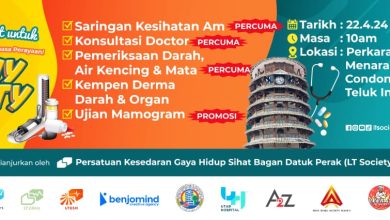By Dr Leow Aik Ming


The facial appearance of some Asians typically of Mongolian, Northern Chinese, Korean and Japanese descent is characterized by high cheekbones (zygomas) and distinctive lower jaw (mandible) contour. These characteristics are unique for these Asian ethnic groups as their anthropometric features are often demonstrated by prominent zygomas and mandibular angles that upset the facial harmony, rendering the face overly flat, wide and square.


Cheekbone reduction surgery or zygoma reduction surgery is a cosmetic surgical procedure to reduce the width of upper face essentially the cheekbone in order to make the face smaller, oval and more feminine. This surgical procedure is commonly done for patients who have a wide face due to large or prominent cheekbones. The approach for this surgery is either through incision made in the mouth or sometimes mouth incision combined with small external incision at sideburn area or in front of ear canal. Prominent part of the zygoma is reduced either by shaving or cutting the prominent bony segment (zygoma). The surgically fractured zygoma is then carefully moved inward, backward and downward. Once the fractured zygoma is repositioned, it is secured by small plates and screws. Zygoma reduction surgery can be done as a single procedure or often done in combination with other facial contouring surgery such as mandibular angle reduction surgery to create an oval shaped facial appearance.
Ideal candidates for zygoma reduction surgery:
- Having positive outlook, realistic expectations and specific goals in mind for improvement of facial appearance.
- Physically healthy with no active or serious pre-existing medical conditions
- Patients who have prominent cheekbones or wide facial width
- Patients who desire a slender or oval facial profile
Preoperative evaluations for zygoma reduction surgery include:
- Discussion about patients’ expectations and desired outcome
- Medical conditions, drug allergies and previous medical or surgical treatment
- Use of current medications, vitamins, herbal supplements, alcohol, tobacco and drugs
- Previous surgeries
- Examination of the face and its soft tissues
- Radiological assessment (CT scan of face)
- Preoperative assessment for general anaesthesia
- Photography for preoperative and postoperative evaluation
Postoperative expectations:
During the initial healing phase, patient may experience pain, numbness, bruises and swelling around the cheeks. Occasionally, patient may experience tightness during mouth opening. These symptoms are transient and usually last about 3-4 weeks. If there are any sutures on the side burn areas or in front of external ear canals, they are usually removed about 7-10 days after the surgery. Oral antibiotics and analgesics will be prescribed to reduce the risk of infection and postoperative pain respectively.


